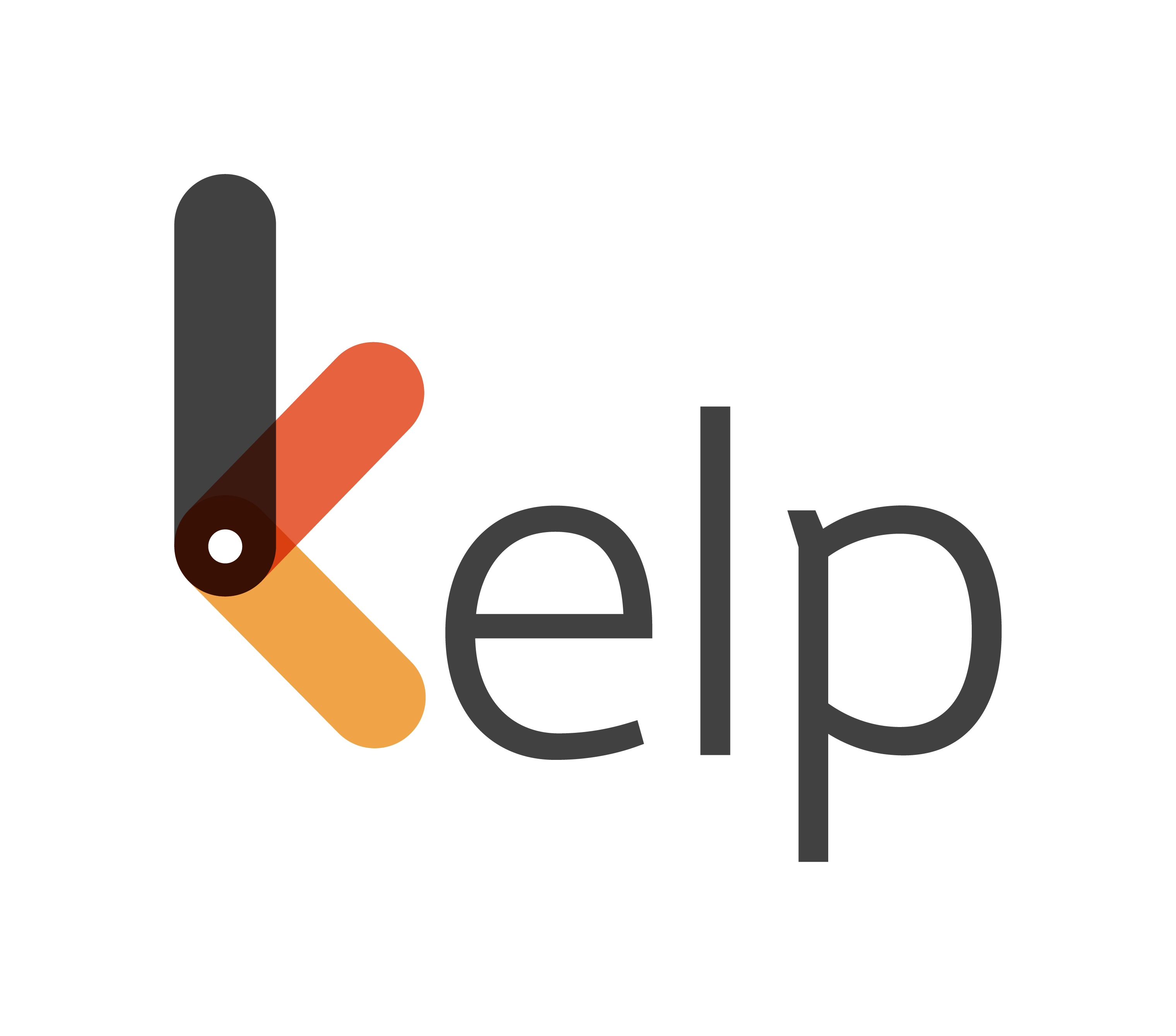
It is a well-known and well-accepted fact that boundaries for leaders, as well as managers, are necessary.
Healthy boundaries in the workplace, by leaders as well as managers, can influence their ability to motivate and manage others, for the better, thereby enabling their employees to be more free, more productive and more creative.
But before setting boundaries, pause and reflect. Are you prepared enough? Are you trained enough? Do you know your employees – their skills, their working styles, their expectations from the company, and from you?
You have to understand what motivates your employees, what works for them. You need to set boundaries that are meticulously designed to address a group, and an individual. Setting a boundary at work involves setting limits on what is accepted, and what isn’t.
Presenting, in this context, an excerpt from Yip. J, Ernst. C & Campbell. M (2011), Boundary spanning Leadership Center for Creative Leadership, “The perspectives that we uncovered from senior executives reveal that as today’s business challenges span across boundaries, so too, must leadership. The ever-increasing complexity and interdependence of today’s world calls for a critical transformation in leadership, from managing and protecting boundaries, to boundary spanning—the capability to create direction, alignment, and commitment across boundaries in service of a higher vision and goal.”
So, rigid boundaries at the workplace have given way to more fluid and, one could say, empathetic boundaries that control, as well as allow the employees some leeway in their functioning.
- Time for reporting to work or logging into virtual WFH scenarios: A definite time for coming in to work, which needs to be adhered to by the manager as well as the employees. Seeing the manager, or a superior, being punctual at work inspires the employees to do the same, without resentment. This brings to mind a quote from author, E. M. Kelly, “Remember the difference between a boss and a leader; a boss says ‘Go’, a leader says ‘Let’s go!’” Hence, leading by example ensures better co-operation and performance by the employees. When your employees see you putting in extra hours, they are inspired to do so too. This applies to other behaviours such as meeting deadlines, the importance of quality work, ethics and morality at work and other key behavioural traits.
- Being empathetic is also key to effective leadership: An employee may need to apply for leave due to an emergency or some personal reasons that they may feel uncomfortable divulging to their manager. It is important to not dig deep into the ‘why’s ‘, and decide, judiciously and prudently, whether to grant that leave. Communicate well and adjust your communication style according to the varied personalities in your team.
- Individual differences, as regards working styles, need to be considered: The last couple of years of working remotely has led to people juggling work alongside their other responsibilities. Allowances could be made in spreading out the work during the day as long as productivity and targets are met.
- Keep an eye from a distance: Maintaining a hawk-eyed surveillance on all movements and actions of employees at all times would not make them very comfortable. Therefore, it is important not to invade their privacy and personal space. Watching from a distance and only stepping in to give your opinion and feedback when necessary, gives the employees a certain degree of independence, and makes them more responsible and mindful about their decisions and actions.
- Respecting the employees is crucial: Criticising or correcting can be done in a pleasant manner without resorting to rudely authoritative, disrespectful and unkind behaviour; the likes of which, could result in feelings of humiliation and simmering hostility in the employees. This, in turn, does not bode well for performance.
- Deal with conflicts tactfully: Any kind of conflict in the workplace, either between employees, or between employees and superiors needs to be dealt with tactfully, diplomatically and in a peaceful manner.
In conclusion, boundaries at work need to be maintained in such a way that a pleasing ambience and environment which supports and enhances the goals and performance of the company and where employees feel valued and respected.
When employees feel that their work is a part of a greater whole, and that their contribution in the company is appreciated and valued; that they are treated as individual entities too, and not merely a part of the machinery that constitutes the company, they give it their best.
KelpHR
At KelpHR, our experts can help you with solutions for the mental health and well-being of your employees through our Counselling and Employee Assistance Programs.
For more on our customized and confidential Employee Assistance Program (EAP) solutions that help provide mental health and wellness for organizations and their employees, do get in touch with us at info@kelphr.com, call +91-95001-29652.
About KelpHR
KelpHR was incorporated in 2013 to provide the best HR solutions to organizations, and to improve workplace culture across the board. Over the last 8 years, we have serviced more than 700 clients in India and a few overseas, across various industries in the areas of PoSH (prevention of sexual harassment at workplace), D, E & I (Diversity, Equity & Inclusion) and EAP. But the common objective of all of these services is to build safer, happier, inclusive and productive workplaces.
For any of our other services related to Prevention of Sexual Harassment (PoSH) or Diversity, Equity and Inclusion (D, E&I), do get in touch with us at info@kelphr.com, call +91-95001-29652 and we’d be able to help you with customized offerings suited to your organization.






